Lutetium oxalate hydrate 99.9% 2 g
SKU 900948-1
€ 148,50
In stock
1
Save this product for later
Lutetium oxalate hydrate 99.9% 2 g
Product Details
CAS number: 26677-69-0
Chemical formulas: Lu2(C2O4)3 . xH2O/ F.W. 613.99
Cation: Lu
Packaging: 2 g
EAN: 8721028234308
Brand: Laboratoriumdiscounter
Lutetium oxalate hydrate is a rare and valuable compound used in various industries. Its unique properties make it an essential component in the production of high-performance electronics, catalysts, and medical imaging devices. With its exceptional stability and conductivity, lutetium oxalate hydrate is a sought-after material for advanced technological applications. Discover the limitless possibilities that this remarkable compound offers for innovation and progress.
When working with Lutetium oxalate hydrate, it is important to follow proper safety precautions to minimize the risk of accidents or exposure. Here are some short safety instructions to consider: 1. Personal Protective Equipment (PPE): Always wear appropriate PPE, including gloves, safety goggles, and a lab coat or protective clothing, when handling Lutetium oxalate hydrate. 2. Ventilation: Work in a well-ventilated area or use a fume hood to prevent the inhalation of any fumes or dust particles. 3. Handling: Handle Lutetium oxalate hydrate with care, avoiding any direct contact with skin or eyes. In case of accidental contact, rinse the affected area with plenty of water and seek medical attention if necessary. 4. Storage: Store Lutetium oxalate hydrate in a tightly sealed container in a cool, dry place away from incompatible substances. Follow any specific storage instructions provided by the manufacturer. 5. Spills and Cleanup: In case of spills, carefully contain and clean up the material using appropriate absorbent materials. Dispose of the waste according to local regulations and guidelines. 6. Fire Safety: Lutetium oxalate hydrate is not flammable, but it may emit toxic fumes when exposed to high temperatures. Use appropriate fire extinguishing methods for surrounding fires and avoid heat sources. 7. Chemical Incompatibilities: Avoid contact or mixing Lutetium oxalate hydrate with strong oxidizing agents, acids, or bases, as it may result in hazardous reactions. Follow proper handling and storage practices to prevent accidental mixing. 8. Emergency Procedures: Familiarize yourself with emergency procedures, including the location of safety showers, eyewash stations, fire extinguishers, and emergency exits. In case of an emergency, follow the appropriate protocols and seek immediate medical attention if necessary. Remember, these safety instructions are a general guideline, and it is essential to consult the specific safety data sheet (SDS) and follow any additional precautions provided by the manufacturer or your institution.
Please note, not all safety data for this product is available on our website, for a complete list of P en H sentences and other safety instructions please request the MSDS at our customer service
You May Also Like

(4-Bromo-2-methoxyphenyl)methanol, 95.0%, 100g
(4-Bromo-2-methoxyphenyl)methanol, 95.0%, 100g
SKU F233880-100G
€ 514,80

8-Bromo-2,4-dichloroquinoline, 95.0%, 1g
8-Bromo-2,4-dichloroquinoline, 95.0%, 1g
SKU F232701-1G
€ 368,50

(R)-1-(4-Methoxyphenyl)ethanol, 95.0%, 10g
(R)-1-(4-Methoxyphenyl)ethanol, 95.0%, 10g
SKU F229495-10G
€ 465,30

Methyl 3-acetamidobenzoate, 97%, 500mg
Methyl 3-acetamidobenzoate, 97%, 500mg
SKU F741459-500MG
€ 176,00
End user declaration required
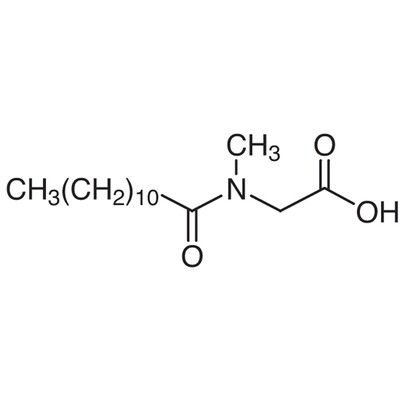
N-Lauroylsarcosine>90.0%(GC)100g
N-Lauroylsarcosine>90.0%(GC)100g
Only for registered companies
SKU L0151-100G
€ 39,60
Display prices in:EUR
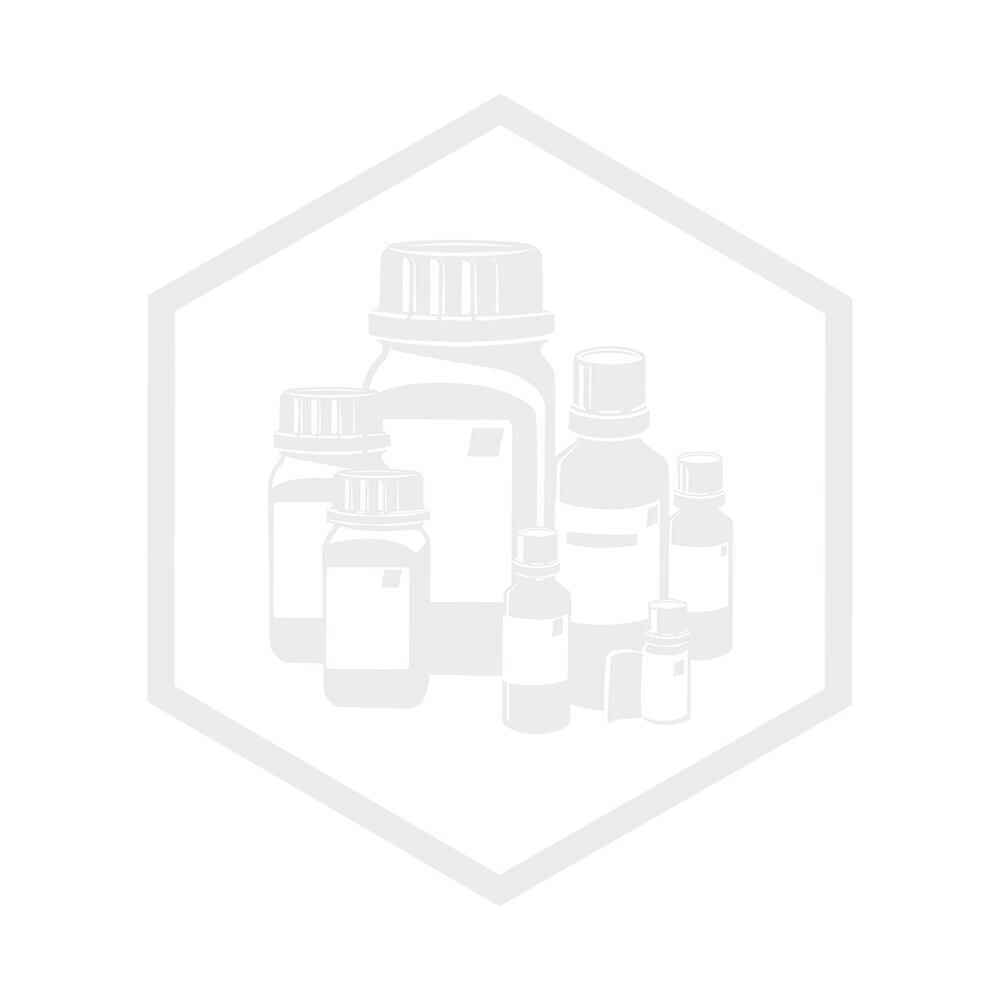
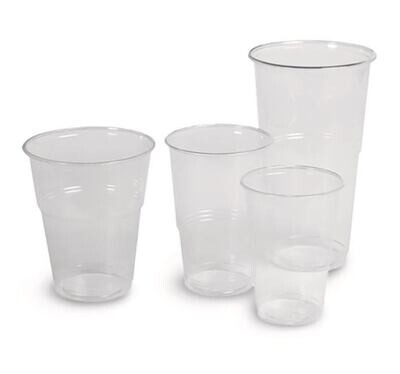
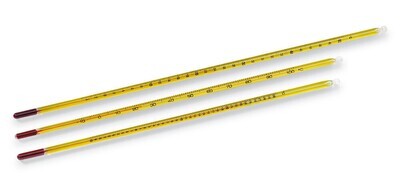


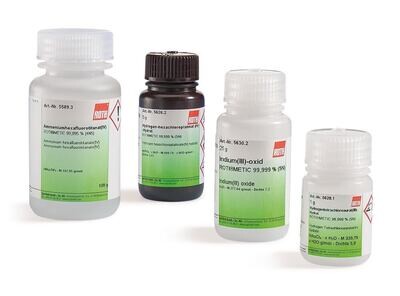
![Clearing Reagent iCBiofilm-H1 [for Biofilm]8mL Clearing Reagent iCBiofilm-H1 [for Biofilm]8mL](https://d2j6dbq0eux0bg.cloudfront.net/images/88473019/4045028012.jpg)
![Ethyl [3,4-(methylenedioxy)benzoyl]acetate, 95.0%, 1g Ethyl [3,4-(methylenedioxy)benzoyl]acetate, 95.0%, 1g](https://d2j6dbq0eux0bg.cloudfront.net/images/88473019/4769721098.png)
